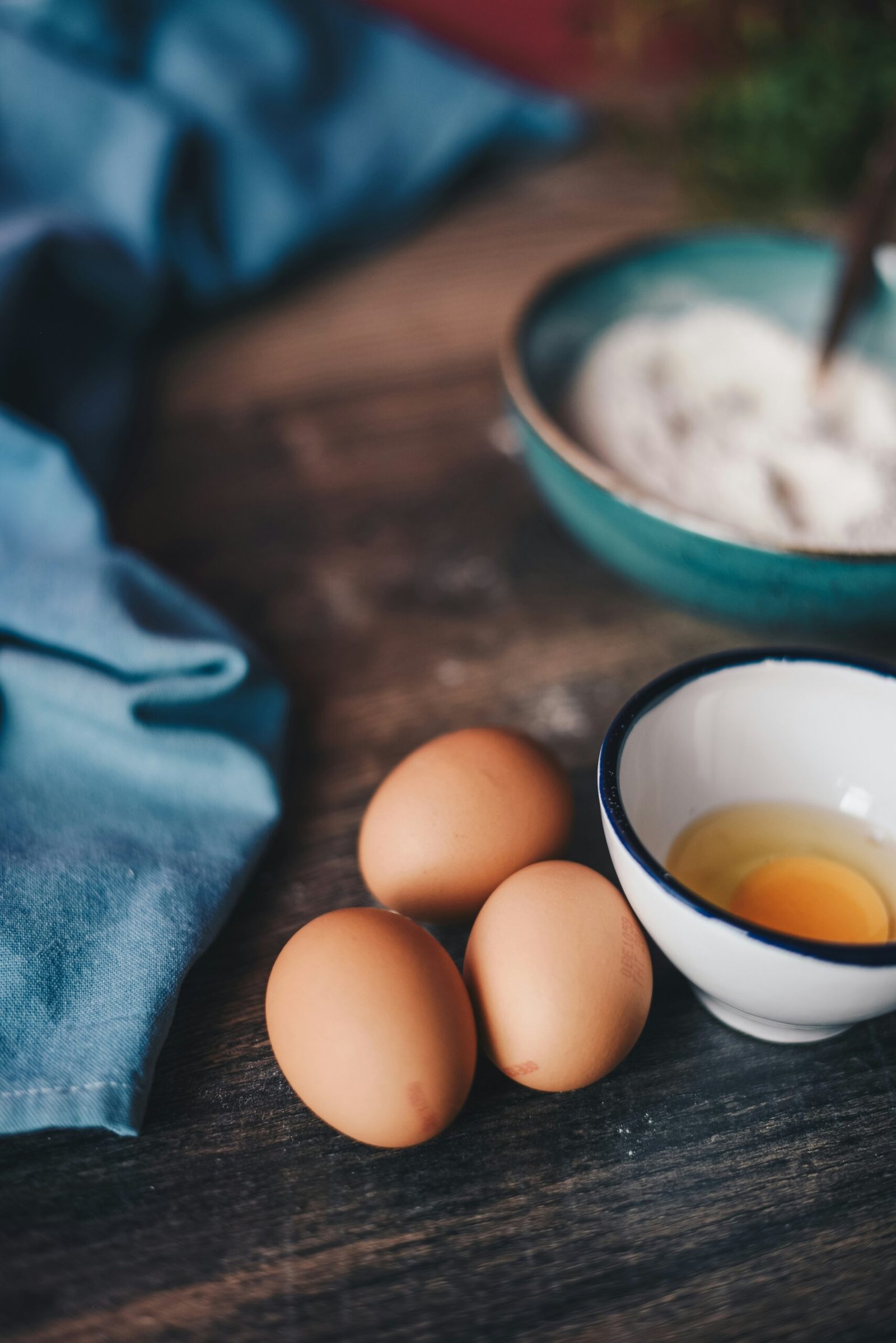Understanding Cooking Trays: Types and Materials
Cooking trays are essential tools in any kitchen, offering versatility across a range of cooking methods. Among the most common types are baking sheets, roasting pans, and grilling trays. Each type serves unique purposes and impacts the cooking process differently. Baking sheets, typically flat and made from materials such as aluminum or stainless steel, are ideal for cookies, pastries, and thinly sliced vegetables. Their wide surface area allows for even cooking and browning, making them a staple for many home bakers.
Roasting pans, on the other hand, are designed for cooking larger cuts of meat and vegetables. These pans often come with high sides and may include a rack for proper air circulation, enabling an even roast. Made from heavy-duty materials like stainless steel or enameled cast iron, roasting pans are capable of withstanding high temperatures, ensuring that meats are cooked thoroughly and develop optimal flavor.
Grilling trays have gained popularity due to their ability to provide an authentic grilling experience indoors. Often designed with small holes or slits, they allow fats to drip while maintaining the flavor infused by the grill. These trays can be made of materials such as cast iron or non-stick coatings, which serve different purposes depending on the user’s preference for ease of cleaning versus heat retention.
When considering materials, aluminum is lightweight and excellent for heat conduction, but it can warp at high temperatures. Stainless steel, while durable and resistant to rust, may require additional oiling to prevent sticking. Ceramic cooking trays offer excellent heat retention but can be quite heavy, and non-stick options provide convenience but may not withstand high temperatures as well. Each material has its pros and cons, so understanding the characteristics of cooking trays is important for maximizing performance in the kitchen.
Choosing the Right Cooking Tray for Your Needs
Selecting the appropriate cooking tray is a pivotal step in optimizing your culinary experience. The ideal tray can significantly affect the cooking process and the final outcome of your dishes. When choosing a cooking tray, the first factors to consider are its size and shape. Trays are available in various dimensions, making it necessary to select one that fits both your oven space and the volume of food you typically prepare. For instance, a larger tray may be beneficial for roast vegetables or multiple items, while smaller trays are suitable for delicate tasks, such as baking cookies.
The thickness of the tray also plays a crucial role in cooking performance. Thicker trays generally conduct heat more evenly and are less prone to warping at high temperatures, providing a consistent cook. However, they can be heavier and may require more storage space. Conversely, thinner trays heat up quickly but may warp or bend over time, especially with high-heat applications.
Temperature tolerance is another vital aspect to evaluate. Depending on whether you plan to use the tray for baking, roasting, or broiling, ensure that its material can withstand the temperatures you intend to use. Materials such as stainless steel and aluminum are often favored for their high-temperature resistance and durability.
Ease of cleaning is equally significant in the selection process. Non-stick surfaces or trays that are dishwasher safe may save you time and effort when it comes to post-cooking cleanup. The design of the tray, such as raised edges or perforations, can affect how air circulates around the food, influencing cooking times and crispiness.
Lastly, it is wise to assess the overall quality and durability of the tray. Investing in a well-constructed cooking tray made from robust materials will not only enhance your cooking but also ensure that it withstands repetitive use over the years. Carefully weighing these factors will assist you in choosing the right cooking tray that aligns with your culinary requirements.
How to Properly Use Cooking Trays for Best Results

Utilizing cooking trays effectively is paramount to achieving optimal results in your culinary endeavors. One of the first steps is to ensure that you properly preheat your cooking trays before placing any food on them. Preheating can help expedite the cooking process and promote even browning, particularly for meats and baked goods. A heated tray allows food to start cooking immediately upon contact, thereby improving texture and enhancing flavors.
To further enhance your cooking experience, consider using parchment paper or silicone mats when utilizing your cooking trays. These materials not only facilitate easy cleanup but also create a non-stick surface that allows for better cooking conditions. When utilizing parchment paper, ensure it is cut to fit the tray size adequately while avoiding direct contact with the burner for safety. Silicone mats can be reused, making them a sustainable option for environmentally conscious cooks.
Arranging the food on the cooking tray is another crucial factor in optimizing your results. For instance, when preparing vegetables, distribute them in a single layer to ensure consistent roasting. Avoid overcrowding, as this can create steam and prevent the vegetables from caramelizing properly. For meats, place items skin-side up or arranged in a manner that allows for air circulation, ensuring even cooking and crispy skin.
Different food types may require specific techniques when using cooking trays. For baked goods, such as cookies or cakes, the material of the tray also plays a significant role; dark or non-stick trays may produce a quicker browning effect. Each food item behaves differently when subjected to heat, hence understanding these intricacies can significantly influence texture and taste. By adopting these practical tips and techniques, you can make the most of your cooking trays and elevate your culinary creations.
Caring for Your Cooking Trays: Maintenance and Cleaning Tips
Proper maintenance and cleaning of your cooking trays are vital in ensuring they remain functional and visually appealing over time. The approach to cleaning will vary depending on the material of your trays, so it is crucial to understand the best practices for each type. For instance, metal trays often require handwashing with warm soapy water, which helps prevent rust and maintains their integrity. Avoid using abrasive sponges or harsh scrubbing pads, as these can scratch the surface.
Also see Topic on Benefits, Applications, and Maintenance of Timeless Art in Cooking with Terracotta Pots
When it comes to non-stick cooking trays, gentle cleaning is essential. A soft cloth or a sponge with a mild dish soap solution works best. Furthermore, while many non-stick trays are labeled dishwasher-safe, it is advisable to hand wash whenever possible, as extreme heat and harsh detergents can compromise their coating over time. On the other hand, glass and ceramic trays can typically withstand the dishwasher’s environment. However, it is prudent to use a gentle cycle to protect them from potential chipping.
To avoid warping, particularly when dealing with metal trays, it is advisable not to expose them to sudden temperature changes. For example, placing a hot tray directly into cold water can result in deformation. Similarly, avoid stacking heated trays unless they are made from materials designed to withstand such treatment. Instead, allow them to cool naturally before storing.
Additionally, proper storage is essential; storing your cooking trays upright or in a designated area will help prevent scratching. Using protective liners or separating trays with a soft cloth can further ensure they retain their shape. By adhering to these maintenance and cleaning tips, you will enhance the longevity of your cooking trays, allowing them to serve you well in all your culinary endeavors.


